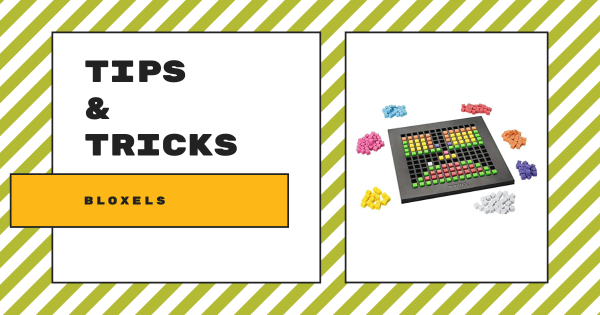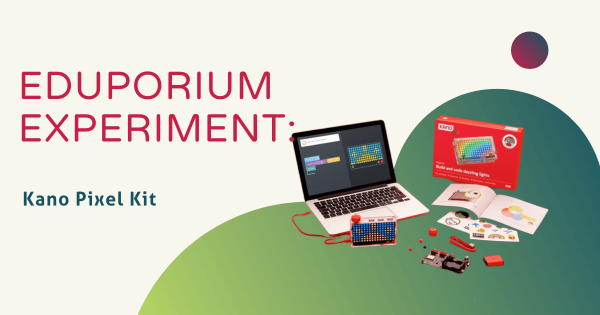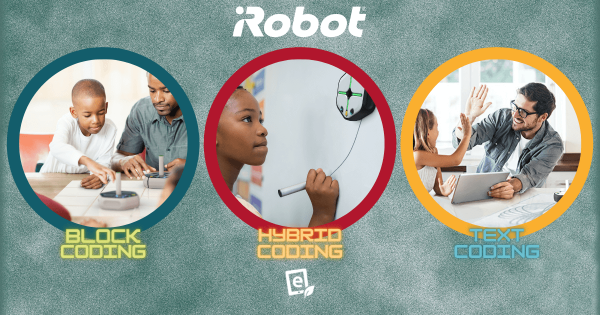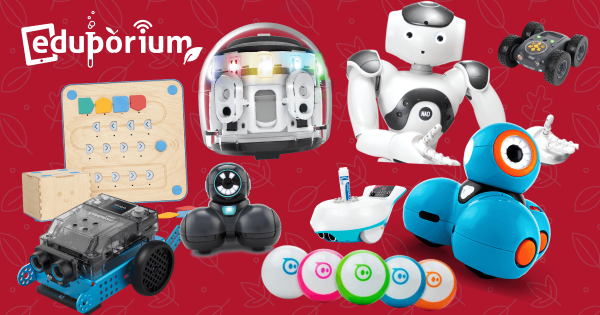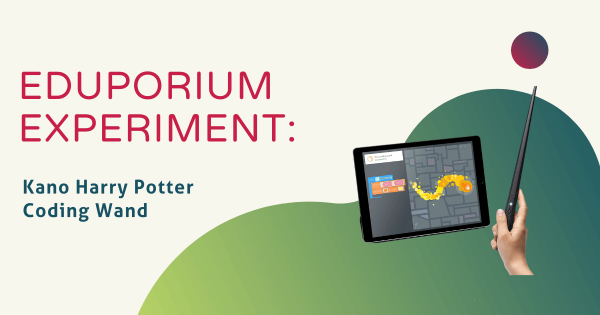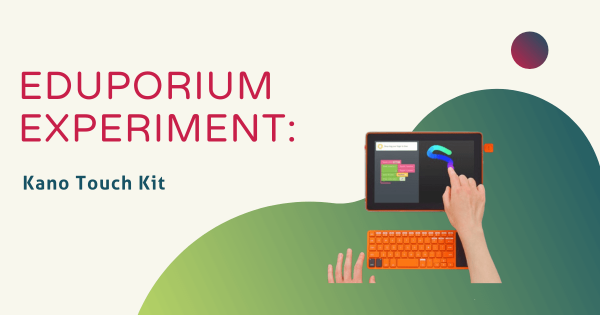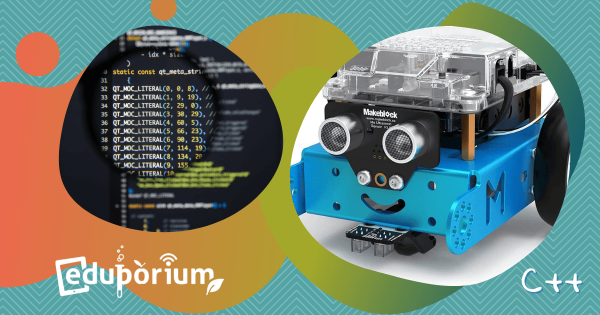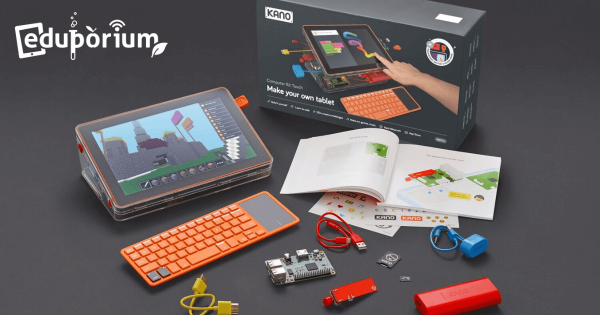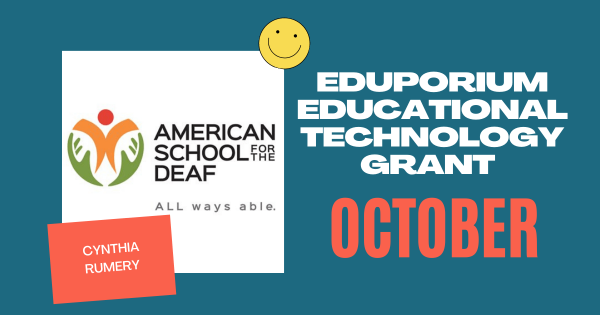Building video games can sound like a real challenge—especially with how computer science careers are commonly perceived. It’s true—it does take a lot of skill and practice to become a computer programmer, but that doesn’t mean kids should turn their backs on a great opportunity. That’s where Bloxels comes in.
Computer Science
Computer science remains an integral element of STEM education and, these days, of K-12 education as a whole. With so many connections to current or future career opportunities, learning computer science skills can unlock various professional benefits for today's students. Because much of computer science ties in to the STEM economy in so many ways, it truly began to boom in high schools over the last couple decades. Now, however, students are starting to get a taste of it as early as kindergarten. With that foundation, they can continue learning new and more intricate skills throughout elementary and middle school. This helps put them in a prime position to learn the more advanced skills and coding languages in high school. With hands-on coding experiences serving as a driving introductory force to learning computer science, tons of students continue to benefit.
It's truly possible to incorporate a computer science curriculum at all levels of education. Even if experiences happen only after school, kids of any ages could partake. As early on as kindergarten, children can explore screen-free coding and develop foundational CS skills with tools like the Cubetto Robot or Bee-Bot. And, moving into early elementary school, they can dive into digital coding with block-based challenges. This introduces them to some more important elements of computer science and includes robust solutions they can try in classrooms. Among them are the Ozobot Evo, Dash Robot, Root Robot, and tons of others. Then, in middle school, they could explore graphical coding further or get into text-based coding. Using tools like the Edison Robot, Finch 2.0, Marty V2, or others, they can try more. Then, they'll be ready for full text code in high school with the NAO AI, databot 2.0, or others.
-
Eduporium Experiment | Kano Pixel Kit
The original kit from Kano was just the beginning and now they offer different add-ons to help support deeper learning and even more fun. One of those add-ons is the Kano Pixel Kit, which empowers kids to invent and code dazzling lights in up to 16 million different colors. Keep reading to learn more about it! -
Try the Root Robot as Part of this Special Demo Offer
The Root Robot is a dynamic teaching tool in education. Not only can it help students learn multiple coding concepts with graphical, computational, and full text coding options, it can be programmed to draw and climb whiteboards! Right now, we’re offering qualified educators the chance to try a Root Robot in their classroom. -
Eduporium Weekly | Get Ready for National Robotics Week
STEM education is sweeping the country and, over the next couple of weeks, we’ll see more of what makes this line of thinking so important and so exciting. From April 6-14, much of the STEM community is going to be celebrating National Robotics Week, highlighting the importance of building vital 21st century skills, like engineering, coding, and more. -
Eduporium Experiment | Kano Touch Kit
There are two books kids can follow—one with instructions for building the computer and another that details all of the ways kids can then code with it. Well, now Kano has a few new models (as well as classroom packs), but for this edition of the Eduporium Experiment, we’re taking a look at the Kano Touch Kit and how kids -
Take The Next Step In Teaching Programming With C++
The C++ programming language can be learned by anyone with some computer science experience. On the basic side, students can learn things like loops, arrays, strings, functions, and variables, while the more advanced programming with C++ includes the capability to control pointers, structures, dynamic allocation, binary trees, and more. -
Class Packs, Club Packs, and STEAM Packs from Kano
Now, Kano’s options have expanded and we’re excited to introduce their STEAM Packs, Club Packs, and Classroom Packs for both the traditional Kano and the touchscreen model. With these kits, innovative educators can support up to 30 students and empower them to code, create, and collaborate with all new options! -
Eduporium Weekly | It's CS Ed Week...Just Get Coding!
Every year, students in schools around the world take part in Computer Science Education Week and the Hour of Code. Participation in this fantastic initiative has continued to grow every year since its official inception and we expect this year to the biggest one yet! This year’s CS Ed Week begins on Monday (Dec. 3) and runs through Dec. 9. -
Eduporium October Grant Recipient Announced
We’re excited to announce that our latest EdTech grant recipient is Cynthia Rumery, an elementary, middle, and high school teacher at the American School for the Deaf in West Hartford, CT. Cynthia is extremely dedicated to providing her students with innovative and visual opportunities to help them develop the skills of tomorrow!




